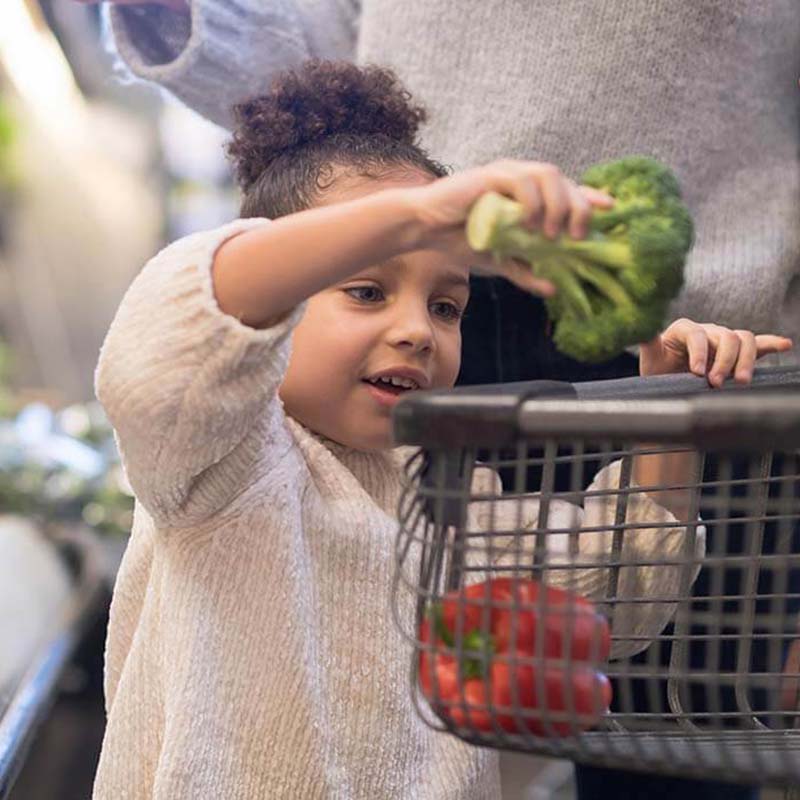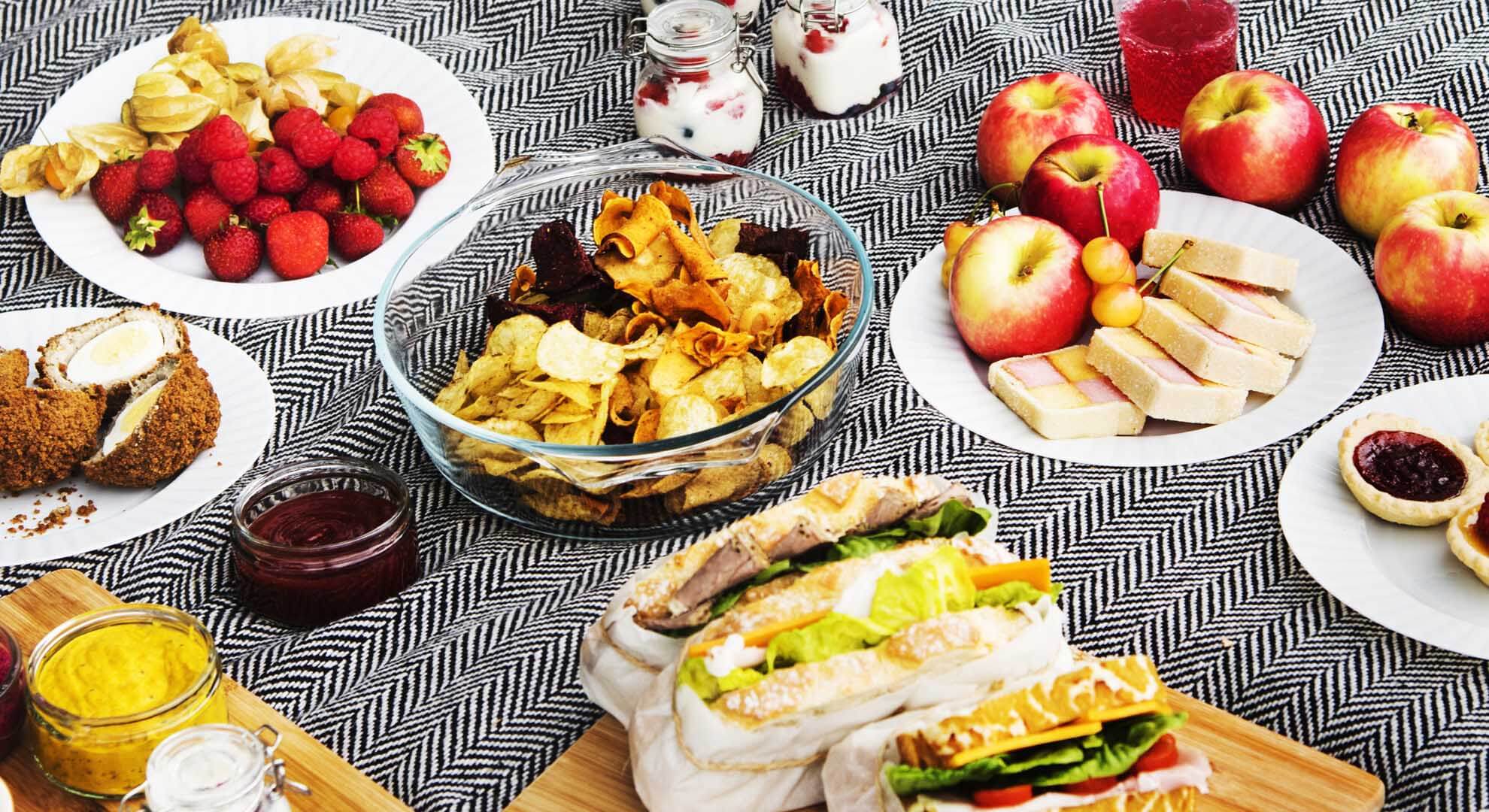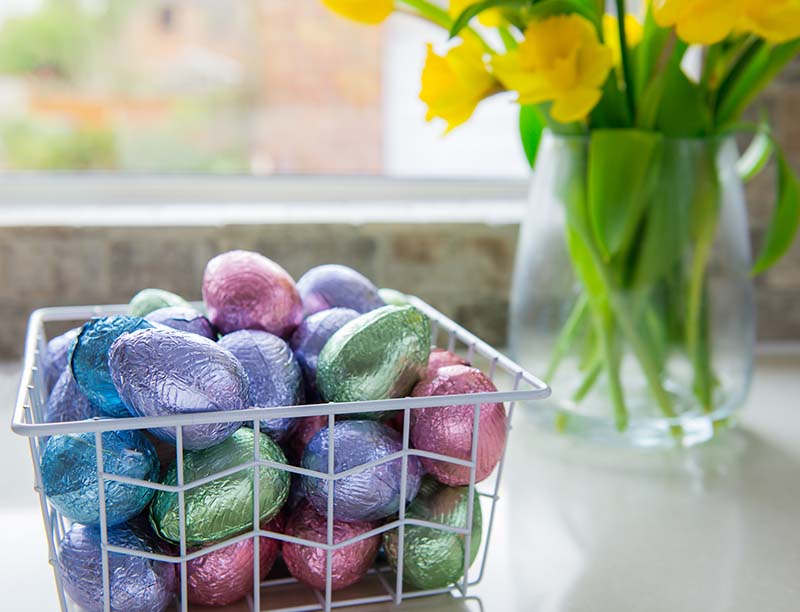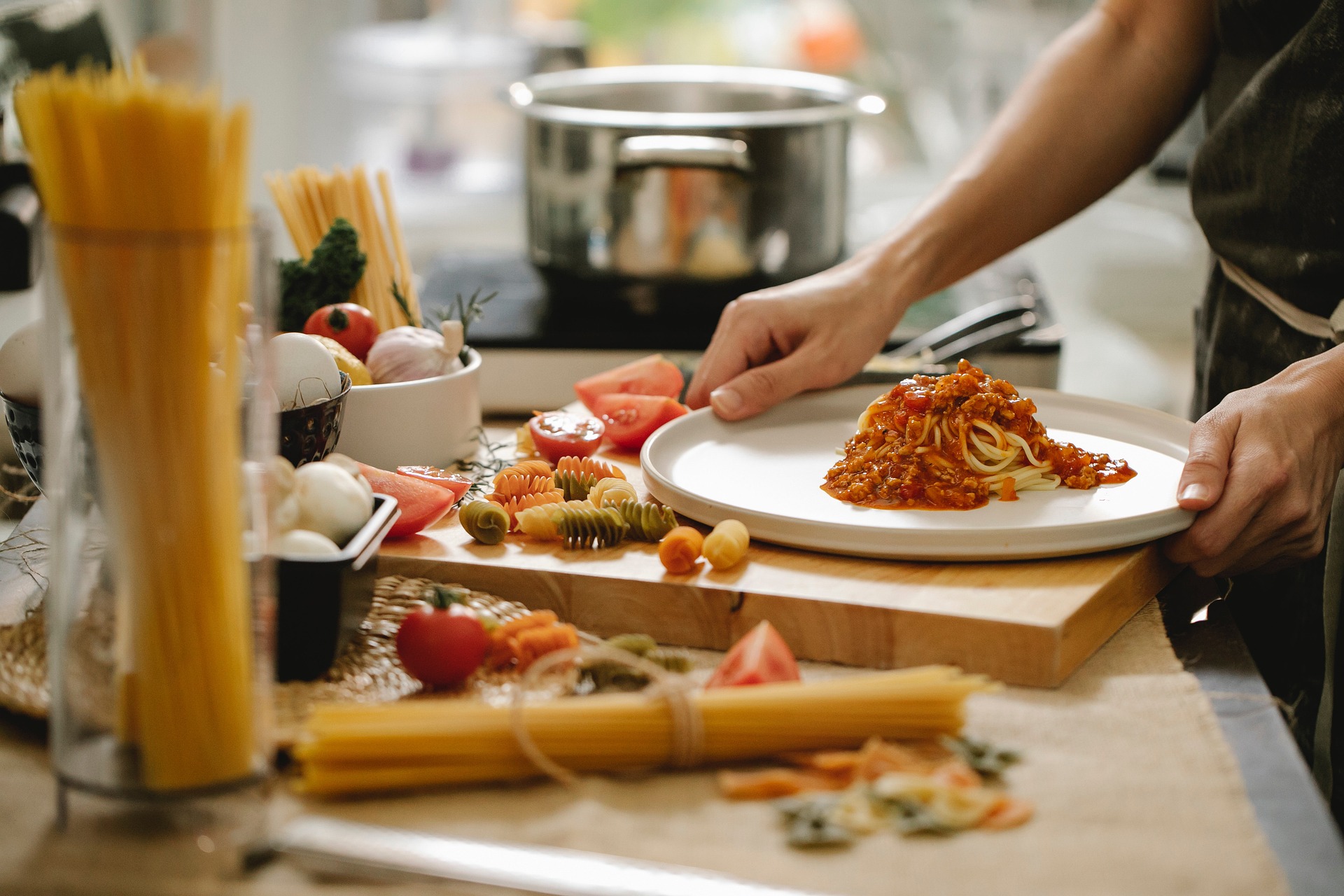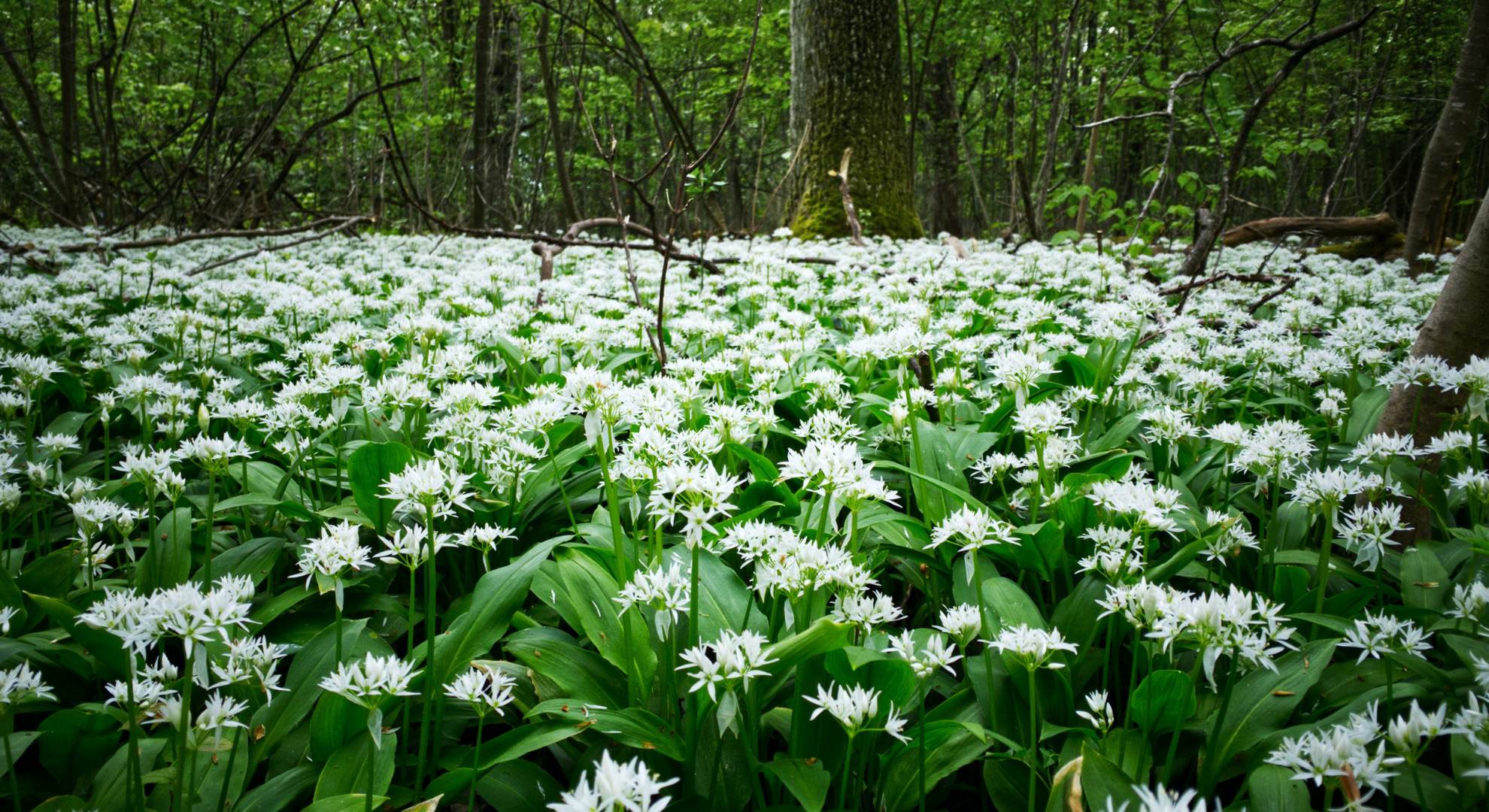
Eating the seasons: What to eat in spring
In Scotland, March is often called the ‘hungry gap’ by green-fingered gardeners because it marks the tail end of the winter vegetable season but summer crops are still a while away.
That doesn’t mean there aren’t some treats to look out for so read to find out about eating seasonally this spring
Wild Garlic
If you’ve ever wandered through woodlands or forests in spring, then you’re guaranteed to have smelt a fresh, garlicky smell and you’ve got it…it’s wild garlic. It grows in shady and damp conditions and the season lasts until the end of spring but can often run past then.
Wild garlic has a delicious flavour and is so versatile. As it grows in abundance it is generally acceptable to pick a small amount and use it at home. The leaves can be used just like spinach and they can be eaten raw or cooked.

Salsify
Salsify is a root vegetable that belongs to the dandelion family…who would have known? The root looks similar to a thin parsnip but a creamy white flesh and a thick purple skin.
Just like many root vegetables, you can boil salsify, bake, or use in soups and stews. Get your creative hat on and we can guarantee you’ll enjoy it!
Sea kale
Sea kale is indigenous to the UK and used to be so popular that it was difficult to find but, this spring, it’s making a comeback. It’s salt air and drought tolerant, easy to grow and so versatile.
If you can’t find sea kale locally, then you can also opt for normal seasonal kale which is equally as delicious. Use it in salads, side dishes, pesto, pasta and more! This good-for-you green is delicious and in season this spring.

Purple sprouting broccoli
Another firm favourite, in season vegetable for spring is purple sprouting broccoli, a leafier and darker in colour than its cousin, it adds a good crunch to your meals.
All you need to do to prepare it is slice the woody stems off, cut up and boil or steam for five minutes.
Why is eating seasonal food more sustainable?
Choosing locally grown and in-season food means you are likely to consume less out of season, Mediterranean produce grown in heated greenhouses. These are often grown overseas, and this requires a lot of additional energy.
Opting for seasonal produce also means less consumption of pre-packaged foods, often wrapped in single-use materials that need to be recycled or go to landfill.
Do you have any favourite in season favourites or recipes? We’d love to know. Let us know over on our Facebook or Instagram pages.



